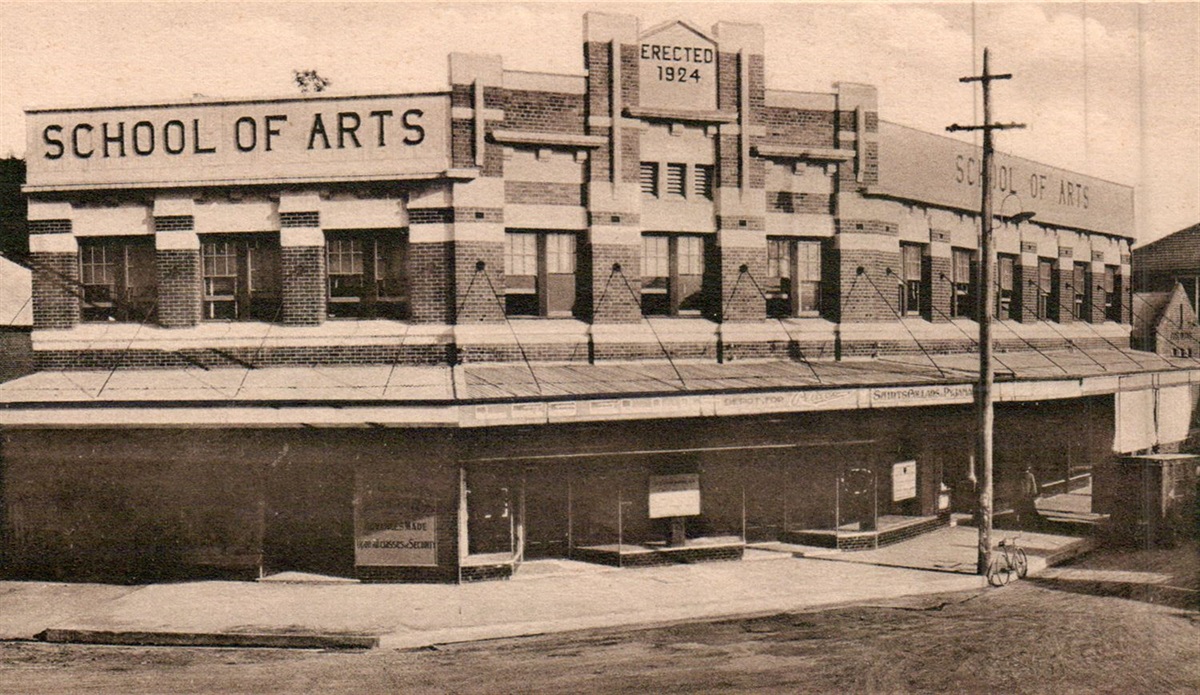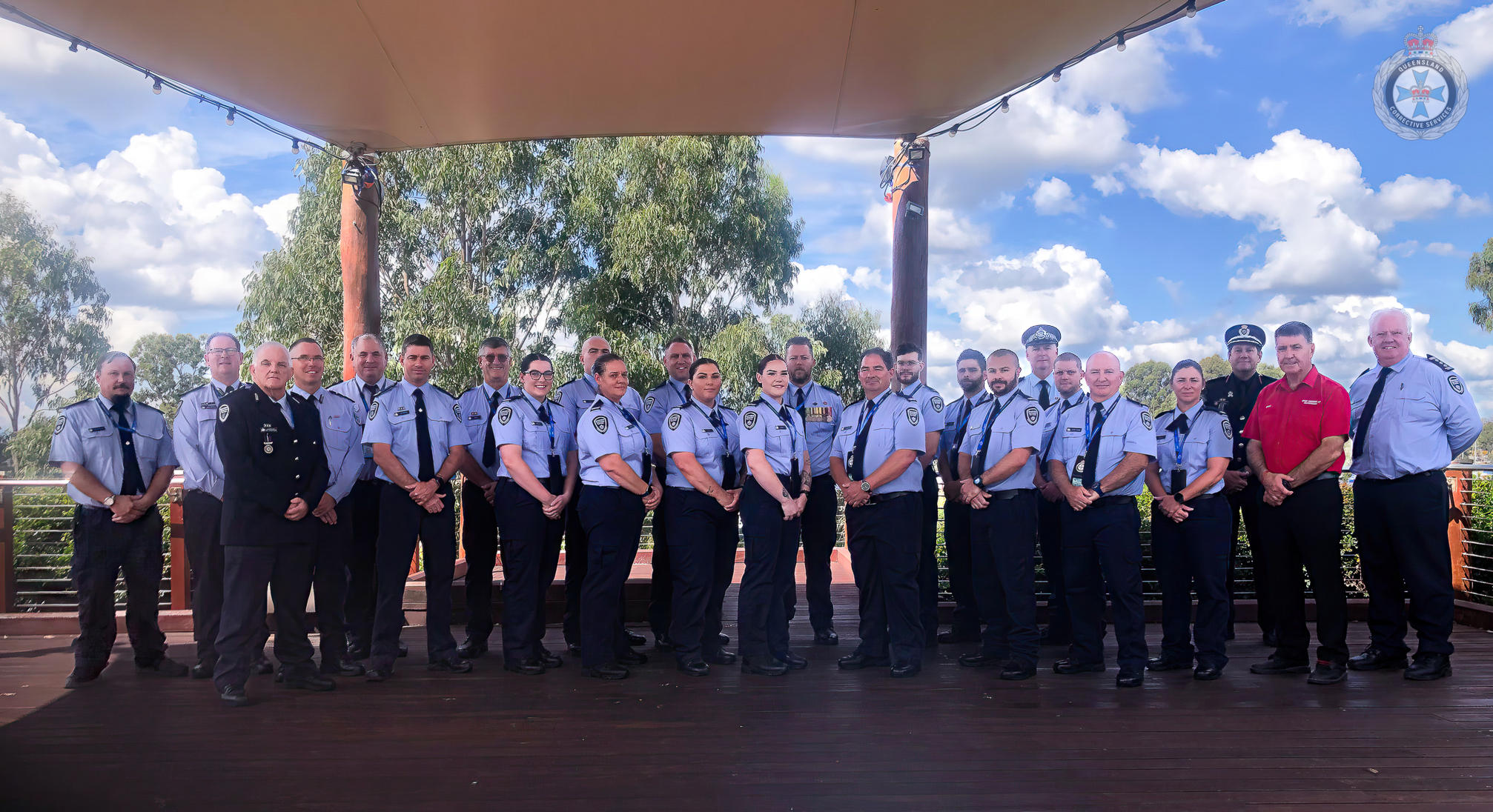
Lismore City Council produced an improved cash balance last financial year and out-performed three critical State Government financial indicators, despite the COVID pandemic and other unexpected events.
Deputy Mayor Neil Marks said: “This is a huge turnaround in only 12 months.”
“This result is important for our community and local democracy. As we have seen recently, if a council can’t control it finances, the State Government will step in and suspend elected Councillors and appoint an administrator removing all local representation.
“Our result shows that Lismore City Council can make the tough decisions and follow stringent financial guidelines to improve our financial position. This means, as a community, we have control over our own destiny.
“What has made it even more impressive is that, as the independent Auditor noted, this was achieved when Council suffered a large reduction in expected revenue due to COVID-19 and the fire at Recycling & Recovery facility.”
Council’s audited 2020 Financial Statement, now on pubic exhibition, shows Council substantially reduced its net operating loss, before grants and developer contributions, from more than $8 million the previous year to a little over $600,000 this year.
The Financial Statement also reveals total revenue for the year was $141.5 million, up from $9.9 million the previous year, while expenditure was successfully reduced by $4 million to $118.9 million.
Over the last three financial years, Council has also reversed a worrying downward trend to surpass key State Government benchmarks for financial stability.
Council’s Operating Performance Ratio, which measures the extent to which revenue raised covers operational expenses, consistently improved against the benchmark over the last three years.
It now stands at 2.6%, against the benchmark of 0%, and up from 1.44% in 2017/18.
On the measure of Own Source Operating Revenue Ratio, Lismore City Council outperformed the benchmark of 60%, recording a healthy 66.7%.
This indicator measures financial flexibility by assessing Council’s reliance on government grants. The result essentially shows that Council is not wholly reliant on Government grants to provide services to the community.
The third indicator measures whether Council has enough short-term financial resources to meet is short-term obligations.This ratio improved from a poor 1.37 times in 2017/18 to a strong 2.33 times this year, against a benchmark of 1.5 times.
However, despite this year’s strong financial performance, Council still faces significant challenges in addressing its legacy Infrastructure, Asset Management and Asset Renewal backlog.
These historic backlogs have built up over previous Councils, with the three long-term indicators this year remaining well below the State Government’s benchmark.
“What this shows is that while we have achieved a good year-on-year result, as a community we must start to look at ways to reduce the backlog, particularly on our local roads,” Cr Marks said.








